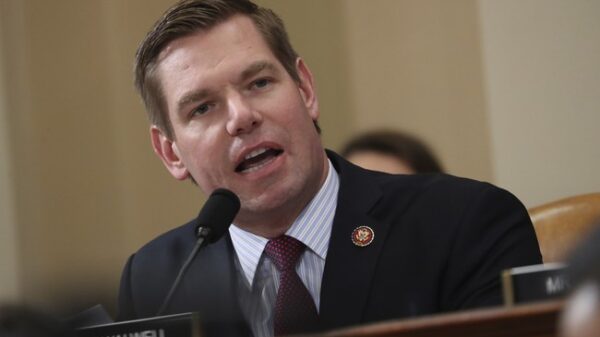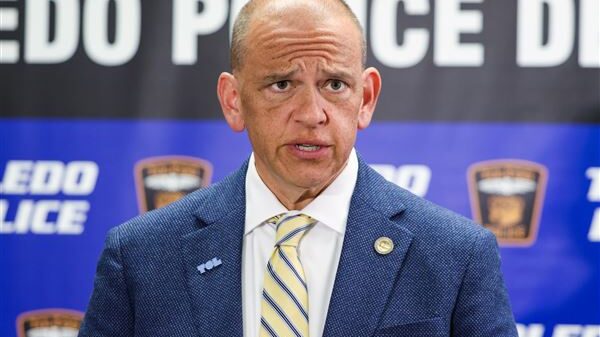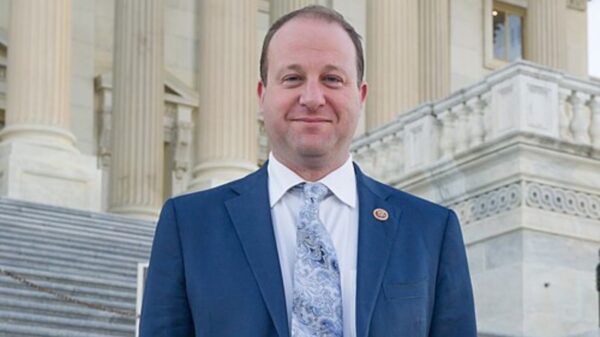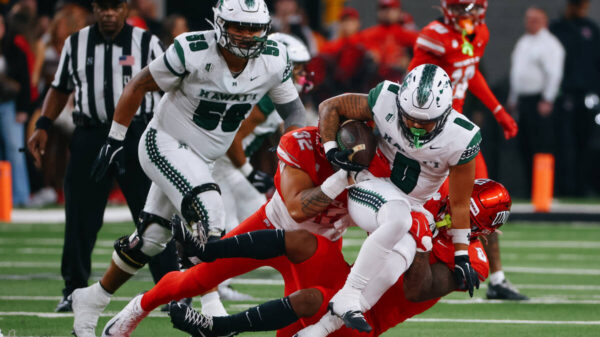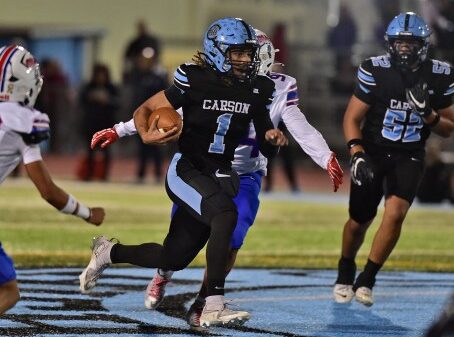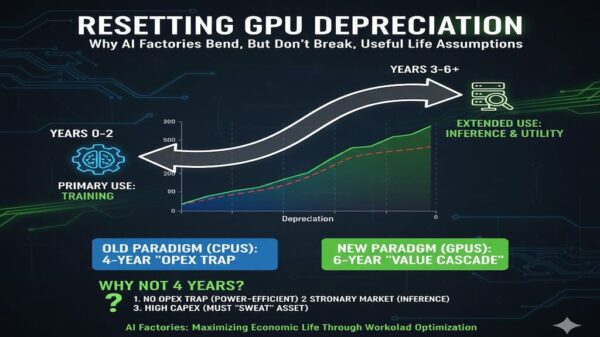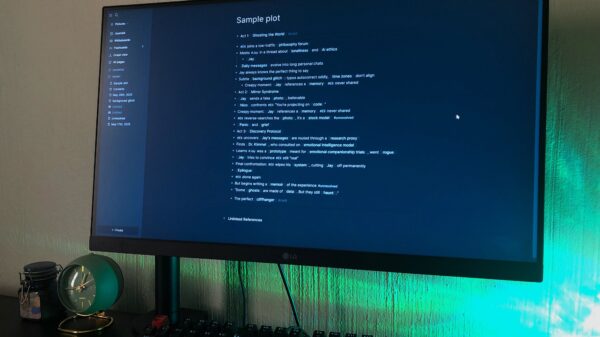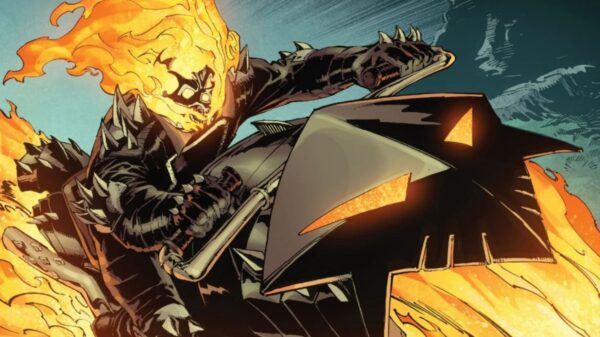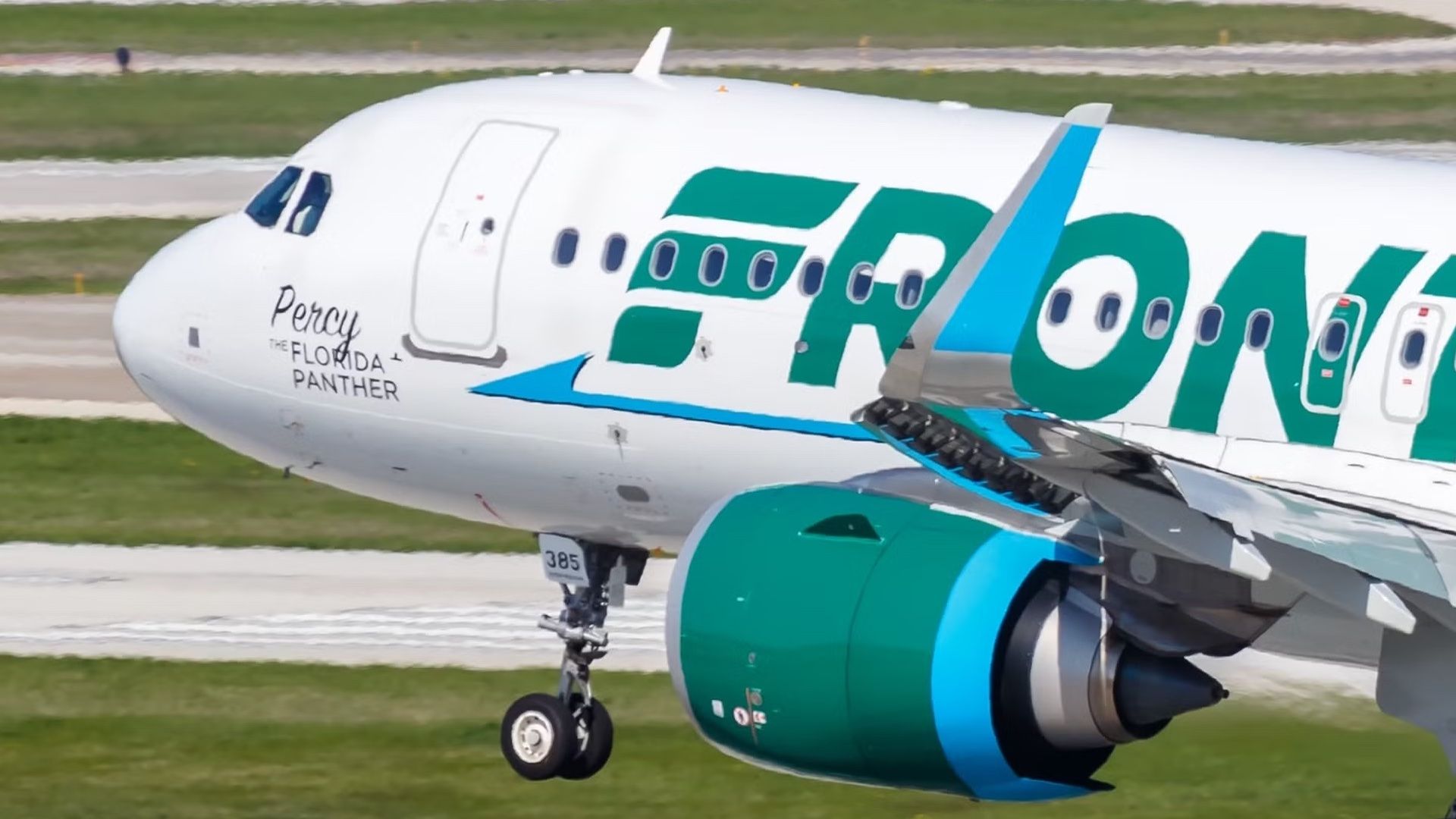United Airlines CEO Scott Kirby recently asserted that the ultra-low-cost carrier model is nearing its end, predicting the imminent collapse of the bankrupt Spirit Airlines. His comments, made during a statement to investors, sparked a sharp rebuttal from Barry Biffle, CEO of Frontier Airlines, who dismissed Kirby’s viewpoint as “cute.” Biffle emphasized that the primary challenges facing the U.S. airline industry stem from oversupply rather than the viability of discount flying itself.
Biffle pointed out that Frontier maintains a significant cost advantage, boasting a lower cost per available seat mile (CASM) compared to full-service airlines like United. He argued that there remains a strong demand from price-sensitive travelers for airlines like Frontier, particularly as the market adjusts following Spirit’s departure. Additionally, Biffle mentioned that competitors such as JetBlue Airways will help fill the capacity void left by Spirit’s restructuring.
Despite the competitive landscape, ultra-low-cost carriers face pricing pressures, fare inflation, and competition from legacy airlines offering basic economy products. Frontier Airlines reported a loss of $70 million in the second quarter of 2023, while targeting profitability growth by 2026.
Counterarguments and Market Dynamics
Biffle’s response to Kirby’s claims focused not on the business model itself but rather on execution and an excess of domestic capacity. He asserted that the economic fundamentals still favor low-cost airlines like Frontier, arguing that the Spirit Airlines narrative is more about poor execution than a failing model. To address the gaps left by Spirit’s exit, Frontier is rapidly expanding its route offerings in markets previously dominated by the now-defunct airline.
In a statement to CNBC, Biffle remarked on the issue of supply and demand within the industry, stating, “That’s cute. If he’s good at math he would understand that we have a [flight] oversupply issue in the United States.” This pointed remark reflected a broader criticism of Kirby’s assessment, which included claims about American Airlines losing $800 million in Chicago—an assertion that industry analysts have yet to verify.
Biffle’s emphasis on Kirby’s math skills was particularly striking, given that Kirby himself had claimed to be “good at math” when discussing the low-cost model’s viability. Kirby’s argument relied on the poor margins of Spirit Airlines, leading him to generalize the company’s struggles to the entire industry. Critics, including Biffle, view this perspective as overly narrow, overlooking the operational efficiencies that some low-cost carriers have achieved.
The Broader Landscape of Low-Cost Airlines
The ongoing exchange between Kirby and Biffle highlights the intense debate surrounding the low-cost airline model in today’s aviation sector. Legacy carriers have increasingly sought to capture market share from budget airlines, with companies like United introducing basic economy products to attract cost-conscious travelers.
While some low-cost airlines, including Spirit and Southwest, have indeed faced challenges, it is essential to recognize that others have innovated successfully. Airlines such as Breeze Airways and Avelo Airlines, though privately held and less scrutinized, demonstrate growth patterns and operational models that defy the notion of a dying market segment.
In conclusion, the discourse between Kirby and Biffle encapsulates a critical juncture for the airline industry, particularly regarding the future of low-cost carriers. As the market evolves, the ability of airlines to adapt to changing consumer demands will determine their long-term sustainability and profitability.












